How Gold Coast rugby defied odds to become Australia’s top regional comp
In the space of a decade the Gold Coast District Rugby Union has gone from the brink of collapse to the most thriving senior rugby competition in regional Australia, with a ninth club entering first and second grade teams. This is how the code did it.
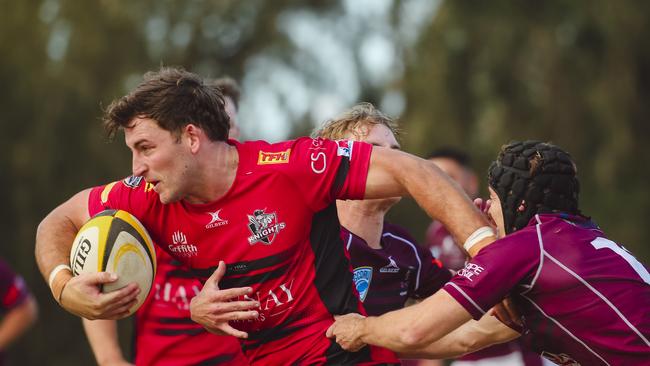
Local Rugby
Don't miss out on the headlines from Local Rugby. Followed categories will be added to My News.
In the space of a decade the Gold Coast District Rugby Union has gone from the brink of collapse to the most thriving senior rugby competition in regional Australia.
In 2025 the Gold Coast will welcome its ninth club into first grade, matching the largest field of senior teams in the sport’s six-decade history in the region.
Hinterland Celtics have risen from third grade to challenge in first grade within the space of three years, marking the fourth club to gain promotion since 2022.
It has been a remarkable period of growth since the union reached the point of financial ruin in 2016.
Nearly $200,000 in debt, the GCDRU board was dissolved and the administration of local rugby handed to the Queensland Rugby Union to save the sport on the Coast.
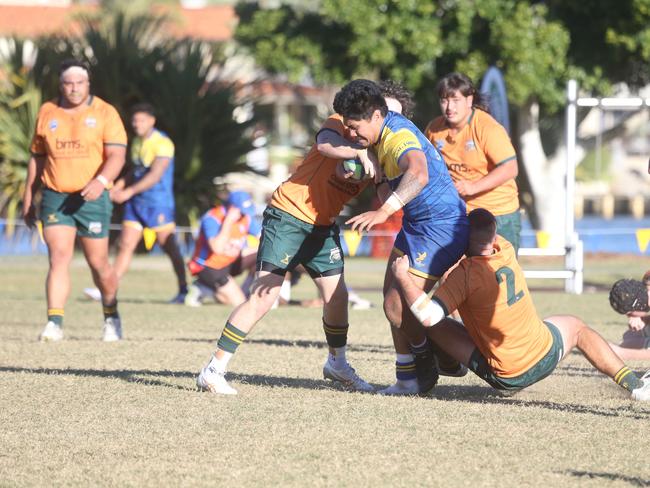
Six years later the first grade competition had dwindled to five teams: Gold Coast Eagles, Surfers Paradise, Nerang, Griffith Uni Colleges and Bond.
With the Wallabies hurtling towards their worst World Cup performance in history in 2023 and Australian Super Rugby teams coming off two wins from 25 against Kiwi opposition in 2021, optimism in the code had hit rock bottom.
But as the dirt poured in to the code’s shallow grave, green shoots began to emerge.
Helensvale and Coomera rose from the dead in 2023, and the 12-time champion Alleygators of Palm Beach-Currumbin returned in 2024.
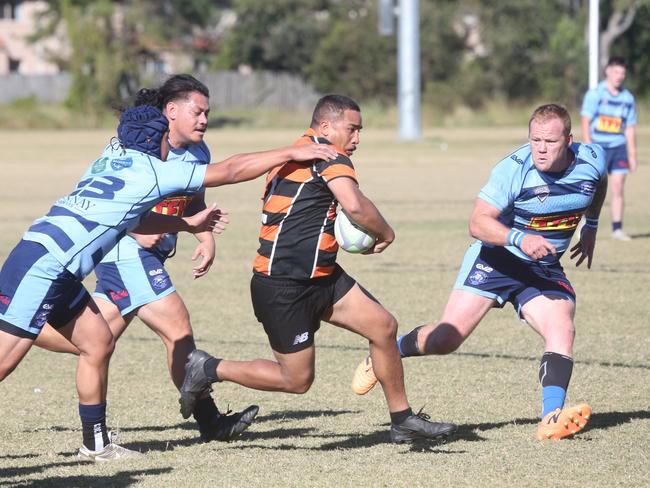
And on April 5, the Gold Coast’s northernmost club Hinterland Celtics will take the competition to nine - a first grade division with 50 per cent more teams than the Gold Coast’s equivalent in rugby league.
Gold Coast rugby manager Trent MaChong said responsibility for the district’s unfathomable growth belonged to the code’s volunteers for creating a stable environment that attracted players.
“The compliments have to go to the board just before us, and the board that were appointed in 2022,” MaChong said.
“They took a real stance in the governance and compliance of the game, making sure we followed the policies and procedures set out by Rugby Australia and World Rugby around the matchday experience, spectator and player behaviour.
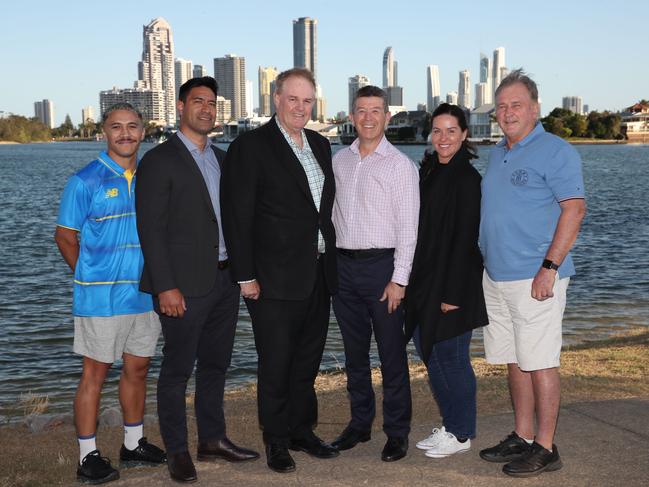
“It makes Gold Coast rugby a place people want to play in and I think that’s really helped with the growth in player numbers. We’ve seen year-on-year growth in the three years I’ve been involved.
“That helps with player levies, and the more money that Gold Coast Rugby has, the more they are able to do to help the clubs.
“It all plays a part. You take those little steps in creating a better environment, there’s more people involved, and you’ve got a better product to offer people.”
District chairman Jed Hogan, a former Palm Beach and Gold Coast Cyclones head coach, echoed those sentiments, insisting the district’s new-found stability was a by-product of dedicated volunteers.
“There was no secret to turning Gold Coast around,” he said.
“You’ve just got to communicate and talk to your stakeholders. We work with them and teach them, and then in turn they take it back to their clubs.
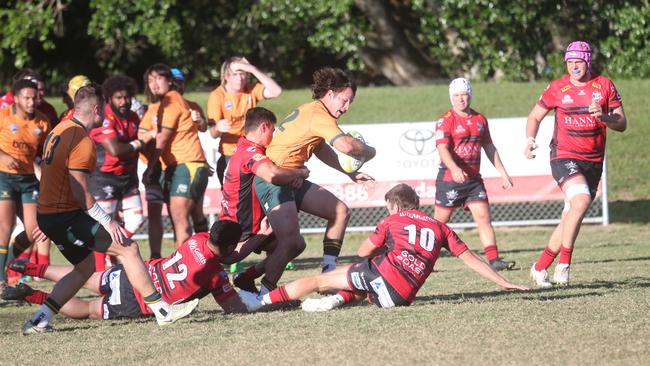
“It’s a matter of recruiting the right people who will develop their own cultures. No one is doing this for money.”
The rapid growth has not occurred by accident.
Pushing clubs to submit teams into higher grades than they expected threatened early growing pain but delivered its own shot of anaesthetic to go with it.
With each senior club providing first and second grade teams, home games have recaptured their community atmosphere.
Hinterland Celtics have not been thrown to the wolves either, MaChong said.
The club contested the second grade grand final last season and have recruited new players to the district out of the Logan and Sunnybank areas.
“They probably won’t be world-beaters in their first year but they will push a lot of teams,” the district’s rugby manager predicted.
“They were tested when they first stepped up into second grade and they stepped up again, so it’s to be expected they’ll have some teething issues and maybe have a tougher year than most.
“But they’ve chosen not to enter a third grade team so they can keep their first and second grade strong. I think they have shown some promising signs.”
The Celtics host Bond Pirates in their Phil Temperton Cup first grade debut at Bill Norris Oval in Beenleigh on April 5.





